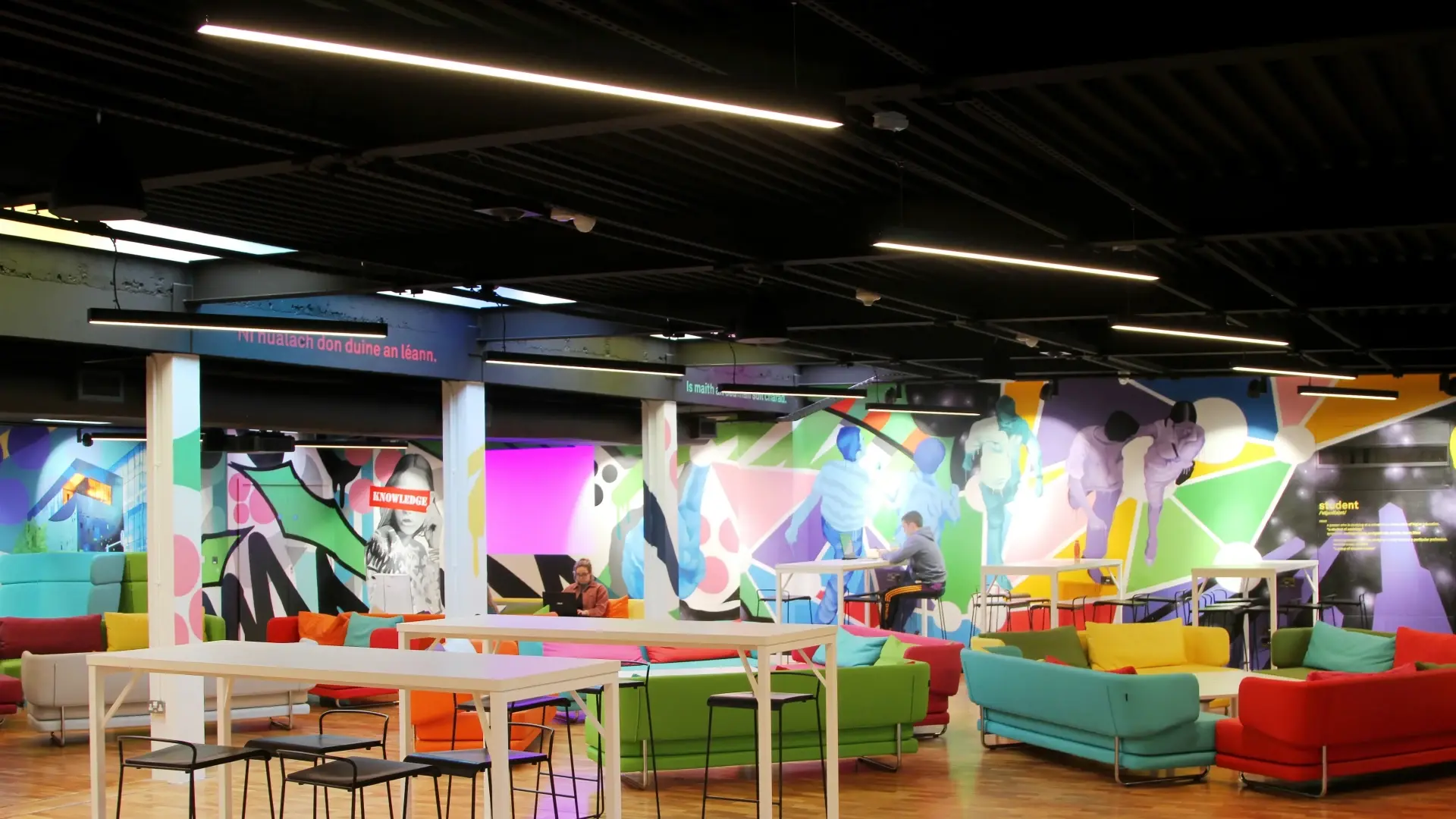Why Include LED Lighting Systems as Part of a University Building Refurbishment Project?

Universities can save energy costs and move towards net zero by including LED lighting systems as part of wider refurbishment projects.
LED lighting systems represent a cost-effective energy efficiency solution, particularly at a time when many universities face shrinking revenue streams and rising student expectations.
Over 60 UK higher education institutions have announced severance or redundancy programmes, and around 40% expect to be in deficit in 2023-24.
University Estates and Net Zero Targets
At the same time as the sector grapples with a financial crisis, momentum is growing in higher education, to progress towards net zero.
Universities UK - the body that represents 140 institutions – has announced that its members aim to be carbon zero by 2050 and to have reduced emissions by 78% by 2035 (compared to 1990 levels).
Furthermore, over 90 FE and HE institutions in the UK have pledged to the international Race to Zero initiative, which requires creating and implementing, a carbon reduction plan.
Faced with the twin challenges of reduced revenues and the need to decarbonise, university estate managers need impactful strategies for upgrading and improving the performance of university buildings. Retrofit LED lighting solutions represent a cost-effective solution.
LED Lighting Systems: An Inexpensive and Accessible Energy-Efficient Solution
Incorporating LED lighting as part of a wider refurbishment programme is a relatively inexpensive and accessible solution towards a better and more sustainable campus.
Here are three key benefits offered by LED lighting:
- Energy efficient technology: According to the Energy Saving Trust, LEDs use up to 75% less energy than traditional incandescent bulbs and last 25 times longer. By reducing energy consumption, LEDs help lower universities’ overall carbon emissions.
- Multiple sustainability gains: LED lighting supports educational organisations’ broader sustainability goals through its energy efficiency and more environmentally friendly design (compared to traditional lighting systems). LEDs are free of hazardous materials such as mercury, making them safe for disposal and recycling.
- Technological Integration: LED lighting systems can be integrated with smart technologies, allowing for advanced control and automation features. Using wireless platforms, estate managers can remotely monitor and adjust lighting settings across campus, optimising energy usage and further reducing energy waste and costs.
By installing LED lighting systems, including retrofitting existing ones, universities can more efficiently manage their energy needs. At the same time, they benefit from operational cost savings and promote student and staff wellbeing, all with modest initial capital investment.
- Tamlite offers a full range of products for the education sector designed with occupant wellbeing, sustainability and performance in mind. The products in this range can be retrofitted to existing lighting systems and includes luminaries specifically tailored to meet the specific lighting needs of sports halls, corridors, lecture theatres, classrooms and reception areas.
- For further information about our products for the education sector, please visit our website.


